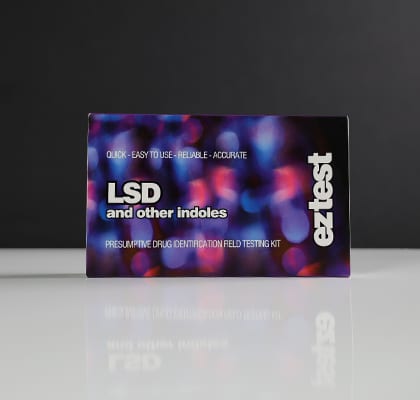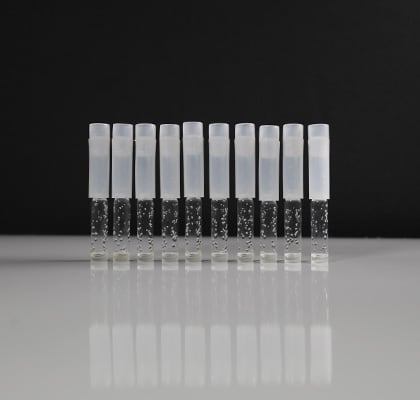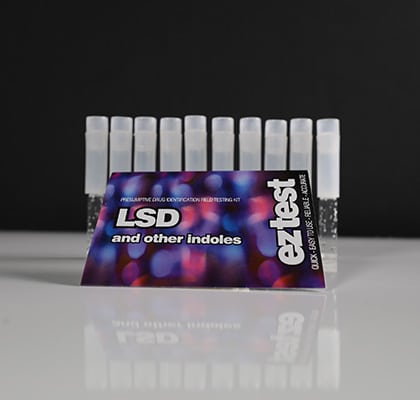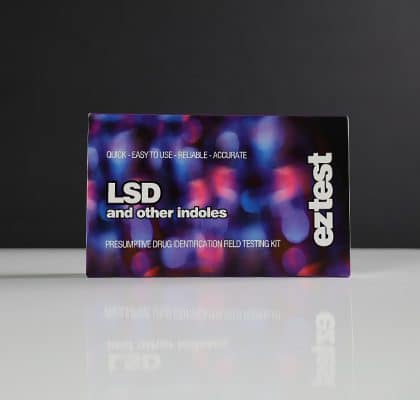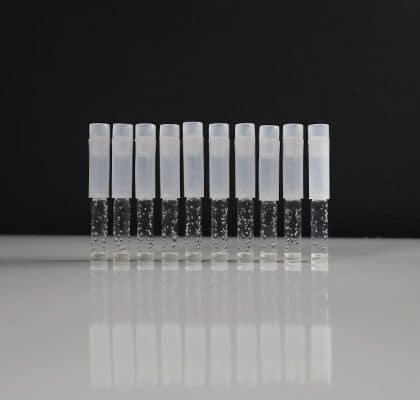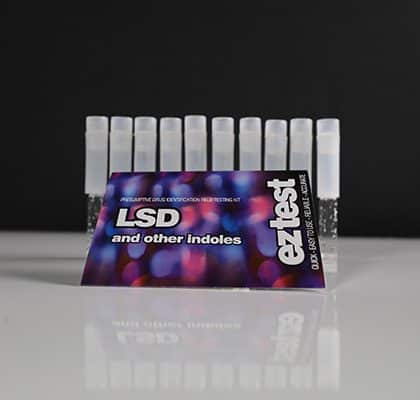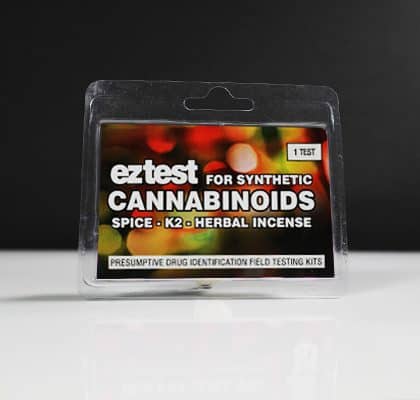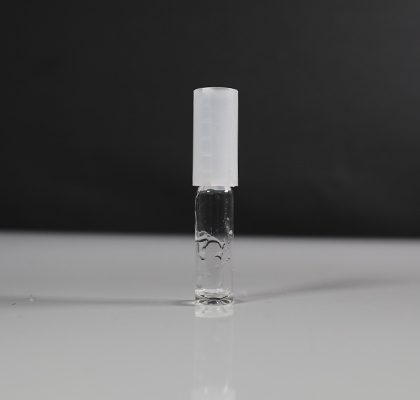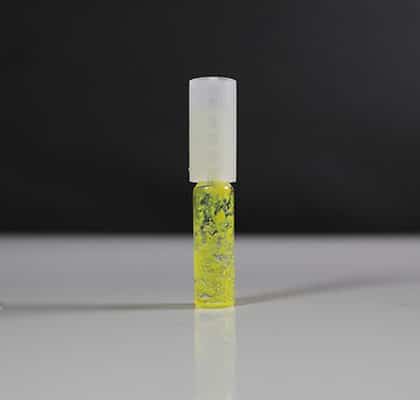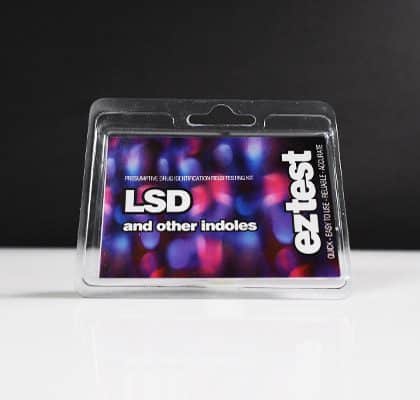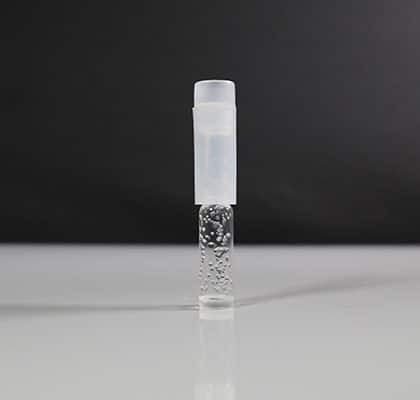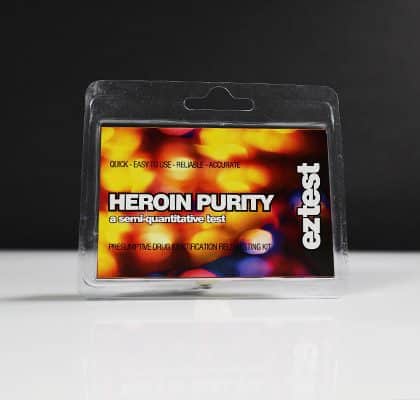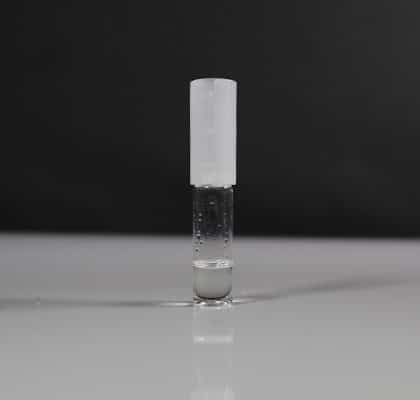LSD EZ-Test 10-Pack
€25,00 Oorspronkelijke prijs was: €25,00.€18,75Huidige prijs is: €18,75. incl. vat
Experience the peace of mind with EZ Test for LSD, a user-friendly testing kit designed to detect the presence of LSD and other indoles in samples. This harm reduction tool helps identify potentially dangerous adulterants, ensuring safer choices in a market prone to contamination. 1 pack contains 10 tests.
What is EZ Test for LSD
EZ Test for LSD is a compact, single-use testing kit that serves as a frontline defense against counterfeit substances in the psychedelic market. Utilizing a chemical reagent based on Ehrlich’s formula, it quickly indicates whether a sample contains LSD or similar indoles like DMT, psilocybin, or 5-MeO-DMT, helping users avoid harmful substitutes such as NBOMe compounds or psychedelic amphetamines that can cause severe side effects.
This product addresses a common issue where blotters or crystals might be misrepresented, potentially leading to nausea, anxiety, or worse. By providing a simple color-change reaction, it empowers individuals to make informed decisions about their substances. The kit includes a glass ampoule with the reagent absorbed in silica gel, making it portable and discreet for personal use.
Many appreciate its role in promoting harm reduction, as it doesn’t confirm purity levels but flags the absence of expected compounds—no color means no acid. Ideal for festivals, home testing, or educational purposes, it aligns with growing awareness of drug safety.
Its effectiveness shines with blotters, where colors may develop slowly over three minutes, ensuring reliable results even with less concentrated forms. Overall, EZ Test for LSD represents an accessible step toward responsible exploration in recreational contexts.
History of EZ Test for LSD
The origins of EZ Test for LSD trace back to the broader evolution of drug testing reagents, beginning with Paul Ehrlich’s groundbreaking work in the late 19th century. Ehrlich, a German physician and Nobel Prize winner in 1908, developed his reagent initially for medical diagnostics, such as distinguishing typhoid from other illnesses through reactions with indoles in bodily fluids. This foundational chemistry, involving p-dimethylaminobenzaldehyde in acid, laid the groundwork for later adaptations in forensic and harm reduction applications.
By the mid-20th century, as psychedelic substances like LSD gained popularity following Albert Hofmann’s 1943 discovery, concerns over adulteration grew amid the counterculture movement. The 1960s and 1970s saw underground testing methods emerge, but formal kits weren’t widespread until the 1990s rave scene, where harm reduction organizations like DanceSafe popularized reagent tests to combat dangerous fakes.
EZ Test kits specifically entered the market around the early 2000s, developed by European companies focusing on user-friendly tools for the expanding festival and party culture. Drawing from Ehrlich’s principles, these kits were refined for specificity to indoles, incorporating silica gel for stability. Over the years, user feedback and regulatory shifts have enhanced their design, emphasizing accessibility without needing lab equipment.
Today, they continue to evolve with educational campaigns, reflecting a shift toward proactive safety in recreational drug use worldwide. This history underscores a blend of scientific heritage and modern wellness priorities.
How to Use EZ Test for LSD
Using EZ Test for LSD involves four straightforward steps to ensure accurate results and safe handling. First, carefully crack open the glass ampoule, taking care to avoid injury from shards. Insert a small amount of your sample—such as a tiny piece of blotter or crystal—directly into the ampoule.
Next, secure the plastic lid and shake the mixture vigorously to allow the reagent to interact fully with the substance. Observe the color change over about three minutes; compare it to the provided chart and information sheet for interpretation—a purple hue typically indicates indoles like LSD, while no color suggests absence.
Dispose of the used ampoule and sample responsibly, perhaps in a sealed container, to prevent environmental harm or accidental exposure. If the ampoule arrives damaged, avoid use and seek a replacement from your supplier.
This process is quick, requiring no special tools, making it ideal for on-the-spot checks. Always perform the test in a well-ventilated area and wear gloves if sensitive to chemicals. For blotters, patience is key as reactions may be subtler than with concentrated forms.
By following these guidelines, users can confidently assess their substances, promoting informed choices. Remember, this is a presumptive test; for definitive analysis, professional lab verification is recommended.

Ingredients of EZ Test for LSD
EZ Test for LSD primarily consists of a chemical reagent, a variation of Ehrlich’s formula, absorbed into silica gel for stability and ease of use. This setup is contained within a fragile glass ampoule, designed to release the active components upon breaking. The reagent itself typically includes p-dimethylaminobenzaldehyde (DMAB) as the key reactive agent, dissolved in an acidic medium like hydrochloric or phosphoric acid to facilitate the color reaction with indoles.
Silica gel acts as an inert carrier, preventing premature degradation and ensuring the reagent remains effective until activation. The kit may also include trace stabilizers or preservatives to maintain shelf life, though specifics vary by manufacturer to protect proprietary blends.
No additional fillers or dyes are present that could interfere with the test’s accuracy, keeping the focus on pure detection. The plastic lid and informational materials, like the color chart, complement the core ingredients without being part of the reactive mix.
This composition prioritizes safety and reliability, avoiding harsh toxins while targeting specific molecular structures in psychedelics. Users value the minimalistic approach, as it minimizes exposure risks during testing.
Overall, the ingredients reflect a balance of historical chemistry and modern packaging, optimized for harm reduction without complexity.
Warning Remember to dispose of the ampoule and sample safely after testing. The EZ-test kits are purely a guide to help analyze a substance. It is advised not to touch any substance, and extensive laboratory tests of samples are recommended for more detailed results. Do not use if you are under 18, pregnant, or have health conditions that could be affected by handling chemicals. Keep out of reach of children.
Do you ship to my country?
We ship to most EU countries. You can find these in the table below. We ship all our EU packages with DHL, DPD or PostNL depending on the area. This way we can deliver the best service possible. You will always receive a track and trace code to track your package from door to door.
| Country | Delivery | Costs | Free shipping |
|---|---|---|---|
| Austria | 2 - 3 | €11,95 | €125,- |
| Belgium | 1 - 2 | €7,95 | €125,- |
| Bulgaria | 6 - 8 | €21,95 | €125,- |
| Croatia | 3 - 5 | €17,95 | €125,- |
| Czech Republic | 2 - 4 | €13,95 | €125,- |
| Estonia | 4 - 6 | €19,95 | €125,- |
| France | 2 - 3 | €10,95 | €125,- |
| Germany | 1 - 3 | €7,95 | €125,- |
| Greece | 6 - 8 | €21,95 | €125,- |
| Ireland | 3 - 4 | €16,95 | €125,- |
| Italy | 2 - 4 | €18,95 | €125,- |
| Latvia | 3 - 5 | €15,95 | €125,- |
| Lithuania | 3 - 5 | €22,95 | €125,- |
| Luxembourg | 1 - 2 | €11,95 | €125,- |
| Netherlands | 1 - 2 | €6,95 | €125,- |
| Poland | 2 - 3 | €14,95 | €125,- |
| Portugal | 3 - 4 | €20,95 | €125,- |
| Romania | 3 - 5 | €17,95 | €125,- |
| Slovakia | 3 - 5 | €17,95 | €125,- |
| Slovenia | 2 - 3 | €17,95 | €125,- |
| Spain | 2 - 3 | €14,95 | €125,- |
* Difficult to reach areas like Islands or other remote regions will cost around €20,- more due to additional carrier fees.
Note: We try to ship all orders within 1 working day, all delivery times are estimated and can vary because of traffic and holidays.

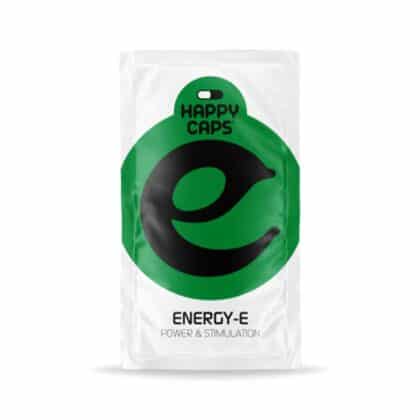 Energy-E
Energy-E 